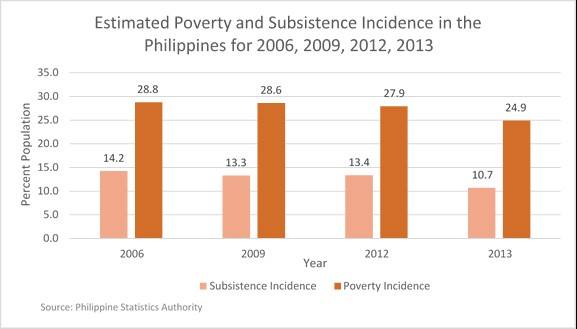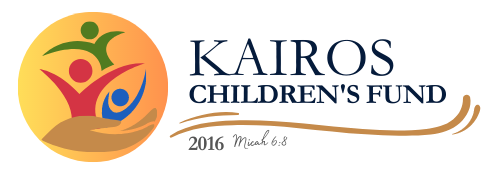I hope that you read this to the end – it’s not about numbers or even class that I talk about. You know, the U.S. has never seen poverty higher than 15% in modern years
(1) while poverty in the Philippines was hovering around 30% until early it started to decrease in 2006. In the Philippines, the poverty gap shows that this condition is getting better. The gap is getting smaller.
This is the average percentage that most poor fall below the poverty threshold. The Poverty Gap is equal to the shortfall between the Poverty Threshold.
Yet real life speaks bigger than statistics. One such measure that I found interesting was the sustinace index, which shows the percentage of people below the per capita food threshold, or those who can barely afford to have enough to survive, literally. In 2013, 25% were below poverty, and almost 11% were below the subsistence incidence level.
(2) This is a statistic that is missing in most United States reports – perhaps because we don’t even think of such. Even most poor in the US eat better than the poor of many places in the world. (see the graph below)Before you look at the graph, let me talk about the issue at hand – education. In the U.S., the poorest families can afford education these days.
Lunch is free, fees are paid, transportation is often provided, and “projects” are not the same concept – there are few assignments that cost money, at least in younger years. The poverty gap in 2013 was 27.4%, or P2,638. That is little more than the cost of sending a child to school, transportation and all. P2,638 is about $50, less than our cellphone bill.
And that is what keeps people in poverty.
Think about that the next time you decide to upgrade your calling plan.

